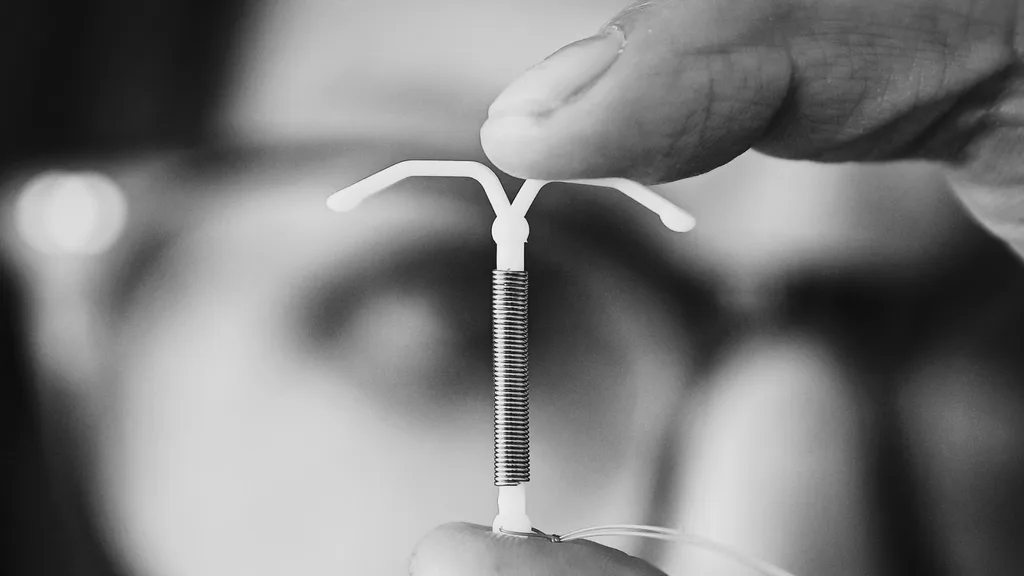While many Australian women want to avoid pregnancy, very few of them are using the most effective form of contraception available, the intrauterine device (IUD). Experts say this is largely down to a serious gap in public education, which means Australia is falling behind other Western countries when it comes to IUD use.
A recent survey of over 3,500 women of reproductive age revealed some telling stats. Over 80% of women aged 18 to 24, and 60% of women aged 25 to 44, said they want to prevent pregnancy. Yet only 7% of the younger group and 11% of the older women reported actually using IUDs. By comparison, in places like Sweden and England, IUD use is well over 30%.
What Is An IUD?
So, what exactly is an IUD? It’s a tiny, T-shaped device inserted into the uterus, and it’s classified as a long-acting reversible contraceptive (or LARC, for short). With over 99% effectiveness in preventing pregnancy, it’s one of the most reliable options out there. Sure, contraceptive pills also claim similar effectiveness – but only if you take them perfectly every day. Real life, though? We all know how easy it is to miss a pill, or deal with something like tummy troubles that mess with absorption.

Here’s the kicker: most Aussie women don’t even know how effective IUDs are. When asked which contraception methods work best, the majority mistakenly said condoms were top of the list – and a surprising number believed all methods were equally effective. Only about a quarter correctly identified IUDs as the most effective.
Benefits Of An IUD?
This lack of knowledge is a big reason why so few women choose IUDs. But it’s not just about preventing pregnancy – IUDs come with other perks too. They’re low maintenance (no daily pills to remember), don’t interrupt sex, can ease period pain, and end up being more cost-effective over time compared to constantly buying pills or condoms.
Another hurdle? Access. Not enough healthcare providers in Australia are trained or confident in inserting IUDs, which means many women aren’t even offered the option. To fix this, the government has recently increased payments to doctors and nurses for inserting and removing IUDs, and is setting up training centers to boost skills – especially important for women living in rural and regional areas.
Are IUD’s Expensive?
Upfront costs can also be off-putting, especially when going through private clinics. But when you consider how long an IUD lasts, that initial expense often balances out compared to the ongoing cost of pills or condoms.
With the rise of pharmacy prescriptions for the contraceptive pill making access easier, there’s a risk women might miss out on hearing about all their options, including IUDs. Plus, some women worry about pain during insertion – a fear often amplified by stories circulating on social media. Yet many who’ve had IUDs say it’s not as bad as you might think, and love how hassle-free they are once in.
The bottom line? Australia is seriously behind when it comes to IUD awareness and use. But with new government initiatives to improve training and access, there’s hope that more women will discover the benefits of this effective, convenient contraception method – and feel empowered to make informed choices about their reproductive health.

